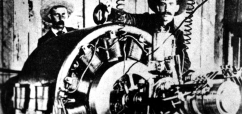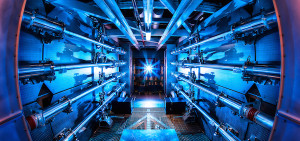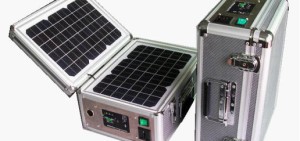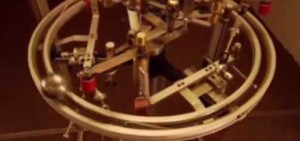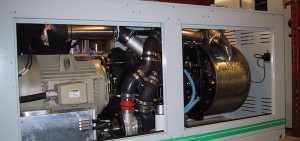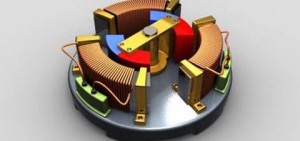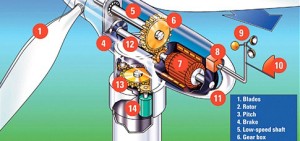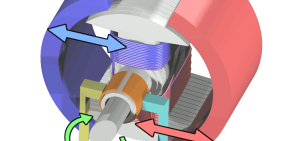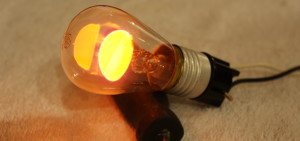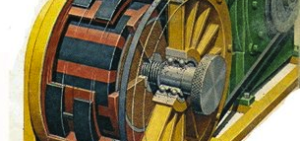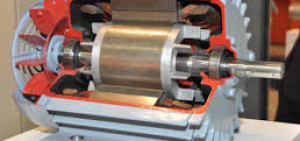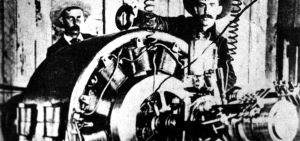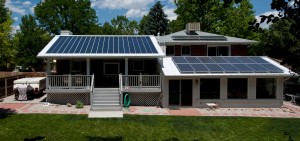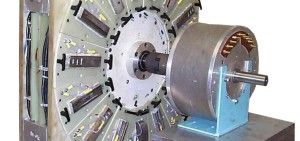Several exciting experiments are going on in cold fusion technology that is bringing the possibility of cold fusion technology closer to our doorstep.
Project Dog Bone
Project Dog Bone is an attempt to reproduce the result of the cold fusion experiments of Andrea Rossi’s E-Cat cold fusion experiment that generated more than 1000 degrees (Celsius) of heat.
These experiments are being made as public as possible, though not much attention is being given to them outside of niche news streams.
Critics abound, with the accompanying skepticism suggesting that additional power sources are responsible for generating the excess heat.
Increasing Credibility
Unfortunately for the critics, a growing number of researchers criticize the critics and shoot down their objections to the validity of the experiments. This growing number has gained credibility for the cold fusion movement and leaves the skeptics with few places to find fault.
Like other alternative energy exploration fields, the physics and chemistry theories that argue against cold fusion becoming a reality have handcuffed more traditional scientists from promoting the accumulating evidence. The well-established scientific method is getting in the way of progress, as some of the principles require re-evaluation based on the evidence. That is not too likely to happen soon.
How far has the continuing experimentation come?
Researchers from the University of Uppsala and the University of Bologna ran the E-Cat for a prolonged period of time.
They proved without a doubt that there was no external power supply to account for the excess heat output. The results were that a power input of 900 electrical watts resulted in a 2800 watt heat output. The test was run for 32 consecutive days.
This means that virtually indisputable progress will cause serious and honest members of the scientific community to notice that everything is not as it seems to cold fusion technology.

